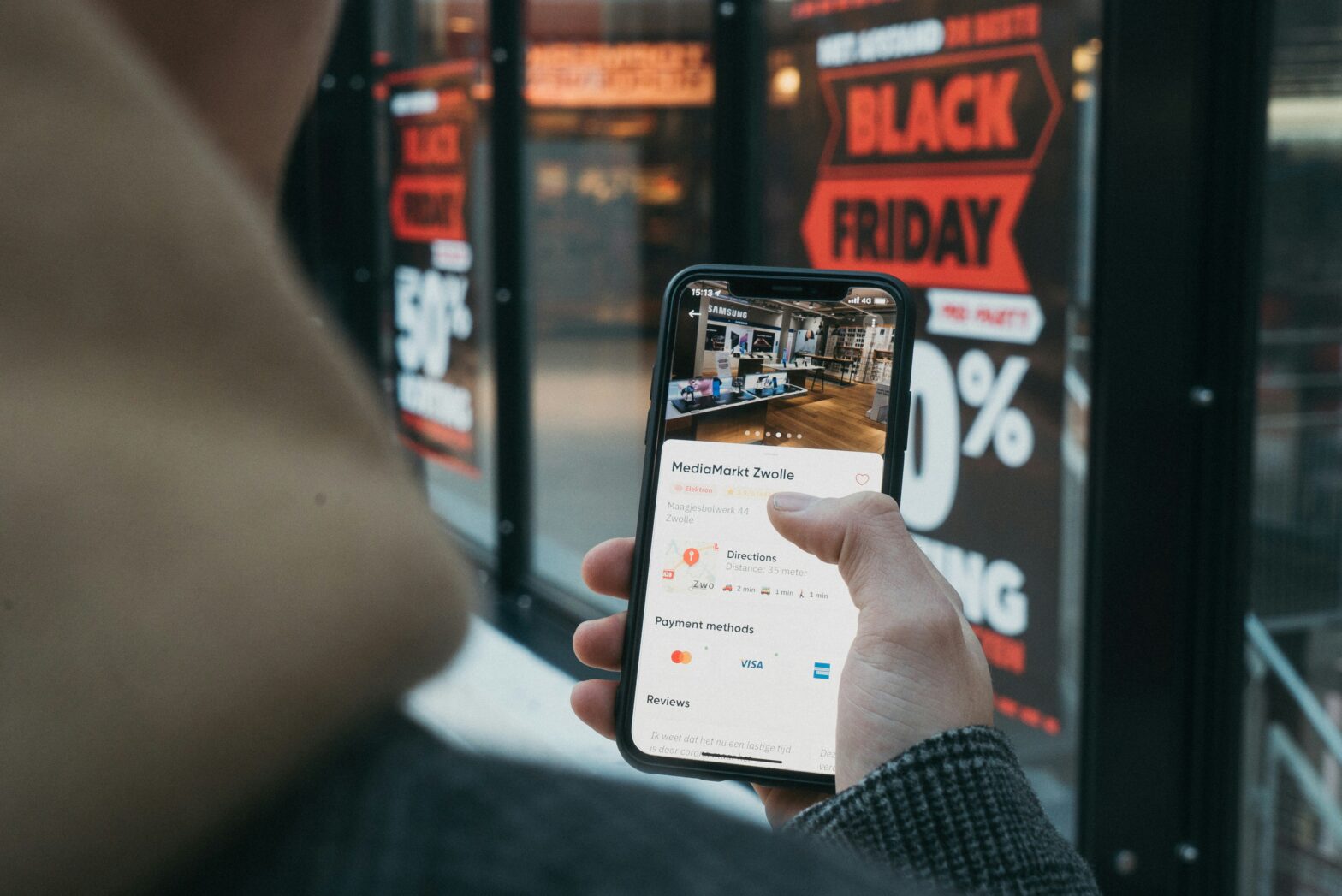Businesses today need flexibility and scalability to keep up with rapidly changing technologies and customer expectations. This is especially true in eCommerce, where creating seamless digital experiences across channels is critical for success.
Enter headless commerce. This approach decouples the frontend and backend of eCommerce systems, allowing businesses to build versatile frontends tailored to their needs while maintaining a robust backend commerce engine.
In this article, we’ll explore the world of headless commerce and how Wasserman’s Headless Collective framework powers it. We’ll cover:
- What is headless commerce and its benefits
- An overview of Wasserman’s Headless Collective
- How it enables flexibility and scalability
- An example of current headless commerce clients
- Additional use cases and best practices
- The future of headless commerce
So let’s hit the open road to see what’s inside Wasserman’s innovative Headless Collective.
What is Headless Commerce?
Headless commerce separates the frontend presentation layer from the backend commerce functionality. This allows the frontend and backend to operate independently, communicating through APIs.
The frontend focuses solely on the user experience and presentation across channels like web, mobile, wearables, in-store devices, etc. The experiences can be highly customized since developers have flexibility in tech stacks.
The backend commerce engine handles key functions like the product catalog, inventory management, order processing, customer accounts, promotions, payments, etc. Leading SaaS platforms like BigCommerce provide robust, secure backends.
Benefits of headless commerce include:
- Omni-channel flexibility – Create personalized experiences across different channel touchpoints
- Frontend independence – Use preferred frameworks like React without technology limitations
- Scalability – Add channels without reinventing backends
- Speed – Faster page loads by separating concerns
- Future-proof – Innovate experiences without migration concerns
With the variety of touch points and personalized experiences customers expect, headless paves the road for innovation. According to Forbes, over $1.65 billion in funding was raised for headless technologies in 2020–2021 alone — and as more eCommerce businesses race to keep up with current trends, this number is bound to grow.
In an industry focused on digital experience, headless commerce flexibility is fueling the future.
Inside Wasserman’s Headless Collective
Wasserman is leading the headless movement with an innovative modular framework.
Headless Collective powers enterprise headless commerce with four integrated components:
- BigCommerce: enterprise SaaS ecommerce platform providing robust backend functionality
- Strapi or WordPress: headless CMS delivering content flexibility
- Vue Storefront: PWA frontend framework enhancing user experiences
- Webscale: cloud management for security, performance, scalability
This stack enables businesses to customize frontends with React and Vue Storefront on websites, mobile apps, in-store kiosks, and more. The BigCommerce engine handles key ecommerce capabilities like:
- Catalog & inventory
- Order processing
- Payments
- Promotions
- Subscriptions
- Account management
- Checkout flows
- Business insight reporting
The integration layer then seamlessly connects these commerce functions with the content in Strapi or WordPress.
The open flexibility of Headless Collective means:
- Independence – Content authors, developers, and marketers can independently focus on their core specialties
- Speed – Decoupled architecture increases frontend performance
- Scalability – The cloud-hosted solution allows enterprises to scale channels and traffic spikes
- Personalization – Fragmented experiences can be tailored to individual users and buying journeys
- Innovation – Businesses can quickly test and learn new digital experience concepts
For complex enterprises managing distributed teams, headless brings order to commerce chaos; for example the content and publishing team can work independently from the e-commerce technology team creating and releasing content without requiring any cross-technology interaction or support.
Gaining Momentum with Headless Approaches: Wass Digital Clients
Beyond Kaiser Willys, the leading supplier of Willys-Jeep auto parts, Headless approaches are also used for omnichannel experiences for other Wasserman clients like media properties, venues, musicians, athletes, and sports franchises.
Additional examples of innovative brands embracing headless commerce with Wass Digital’s help include:
- Stave Puzzles – Direct-to-consumer wooden jigsaw puzzle brand using headless to test interactive 3D previews and customization
- Toast – A restaurant point of sale and management system using headless for front end customization
- Maria Tash – High-end luxury jewelry using headless for their website branding
Best practices when implementing headless commerce include:
- Audit all existing customer touch points and prioritize experience gaps
- Assemble executive support and cross-functional teams empowered to execute headless initiatives
- Provide specialized headless and omnichannel training to mitigate internal knowledge gaps
- Confirm solution partner expertise across platform implementation, hosting, security, support, and certified ongoing managed services
- Develop a cloud adoption strategy encompassing infrastructure, deployment patterns, and DevOps culture
- Utilize an API-first integration approach making capabilities reusable across properties
Plan both a near-term headless use case payoff initiative along with a long-term modular roadmap vision
Charting the Course for Headless
Consumer expectations for digital experiences continue shifting faster than brands can keep pace. As a result, nimble and modular technology frameworks will define the commerce winners of the next era.
Headless commerce and progressive web application frameworks are empowering Wasserman to accelerate this reality for global brands. The open flexibility of Headless Collective unlocks enterprise customer experience potential.
And this is only the beginning according to analysts. As modular commerce capabilities continue advancing, brands will push towards a composable enterprise built on cloud-native building blocks.
Forrester predicts that 50% of global enterprises will be leveraging reusable headless and composable commerce building blocks by 2025. This revolution has already started, as seen in Wasserman’s Headless Collective.
Businesses can prepare by beginning their headless commerce journey focused on flexibility. Brands that embrace modular technology stacks will progress quickly. Those that don’t will be left behind struggling to close experience gaps with customers.
So take the first steps to future-proof experiences by developing advanced content and commerce solutions. Tap into the services and frameworks demonstrated by innovators like Wasserman Digital. If you’re interested in a headless commerce framework or experts auditing your site, reach out to us at Wasserman – we’re here to help!


